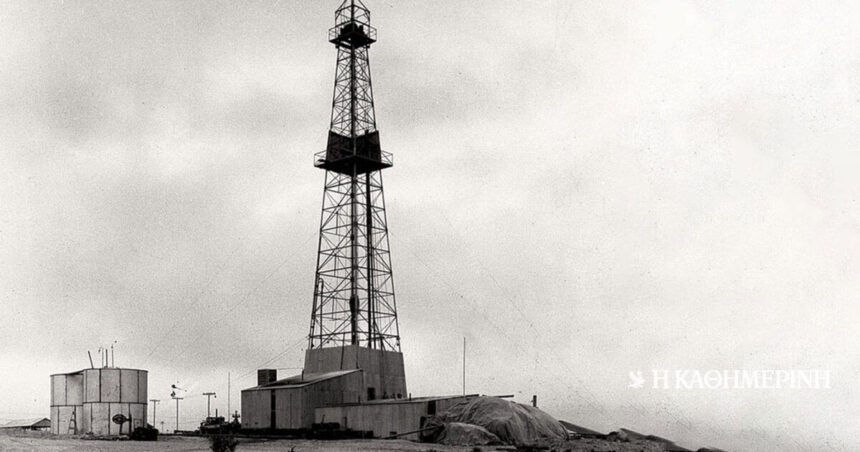On March 4, 1938, a drilling changed forever the course of Saudi Arabia and the world oil industry. After years of uninterrupted investigations and failures in drilling, Damam No. 7 has finally attributed commercially utilized quantities of oil, proving the enormous potential of Saudi Arabia’s underground deposits.
This discovery not only paved the way for the release of the kingdom to an energy superpower, but also reshaped the global economy, creating a new oil production center that would affect the world for the coming decades.
The journey to this discovery began in the early 1930s. The Kingdom of Saudi Arabia, led by King Abdullaziz al -Saud, was willing to explore his potential oil deposits, especially after the successful discovery of oil in 19 Peninsula.
In 1933, the Saudi Arabian government granted California Arabian Standard Oil Company (CASOC), a subsidiary of Standard Oil of California (today Chevron), permission to explore the existence of commercially exploitable oil deposits in the eastern province. This agreement marked the launch of a demanding and uncertain research effort.
The initial phase was full of difficulties. Between 1935 and 1937, Casoc carried out six drilling (Damam No 1 to 6) in Damam, a geological structure near the Arabian Gulf. These drilling did not deliver oil to commercial quantities, reducing the hopes of large oil deposits in the area.
The company faced numerous technical challenges, including equipment damage and collapse of oil walls.
Despite these failures, Casoc’s chief geologist Max Steinke remained determined. Based on his geological experience and intuition, he supported the continuation of drilling. He believed that the oil tankers were deeper. His persistence led to the decision to carry out a seventh drilling, Damam No. 7.
This drilling began on December 30, 1936. The company faced numerous technical challenges, including equipment damage and the collapse of oil walls. These obstacles tested the team’s determination and financially burdened Casoc. However, Steinche’s steadfast determination yielded fruit. On March 4, 1938, at a depth of about 1,440 meters, Damam No. 7 “caught” oil. The drilling initially produced about 1,585 barrels a day and within a week production increased to 3,810 barrels daily. This confirmed the presence of important oil reserves and marked the first discovery of commercially exploitable oil in Saudi Arabia.
Damam No. 7, which was later called “Prosperity Well”, had a significant consequence. For Saudi Arabia, it meant the dawn of a new economic era. Revenue from oil exports provided the means to modernize infrastructure, improve education and healthcare systems and lifting the standard of living of its citizens.
On a global scale, this discovery changed the dynamics of the energy industry. Saudi Arabia has quickly emerged as a key factor in the world oil market, affecting oil prices and supply chains worldwide. The huge reserves of the kingdom helped to meet the increasing energy needs of the 20th century, especially in times of geopolitical tensions and economic expansion.
Damam No. 7 continued to produce oil until 1982, delivering over 32 million barrels during operation. Today, the site is a historic milestone, and it also functions as a museum.
Column Curator: Myrto Katsiera, Vassilis Minakakis, Antigoni-Despina Poumenidou, Athanasios Syroplakis




